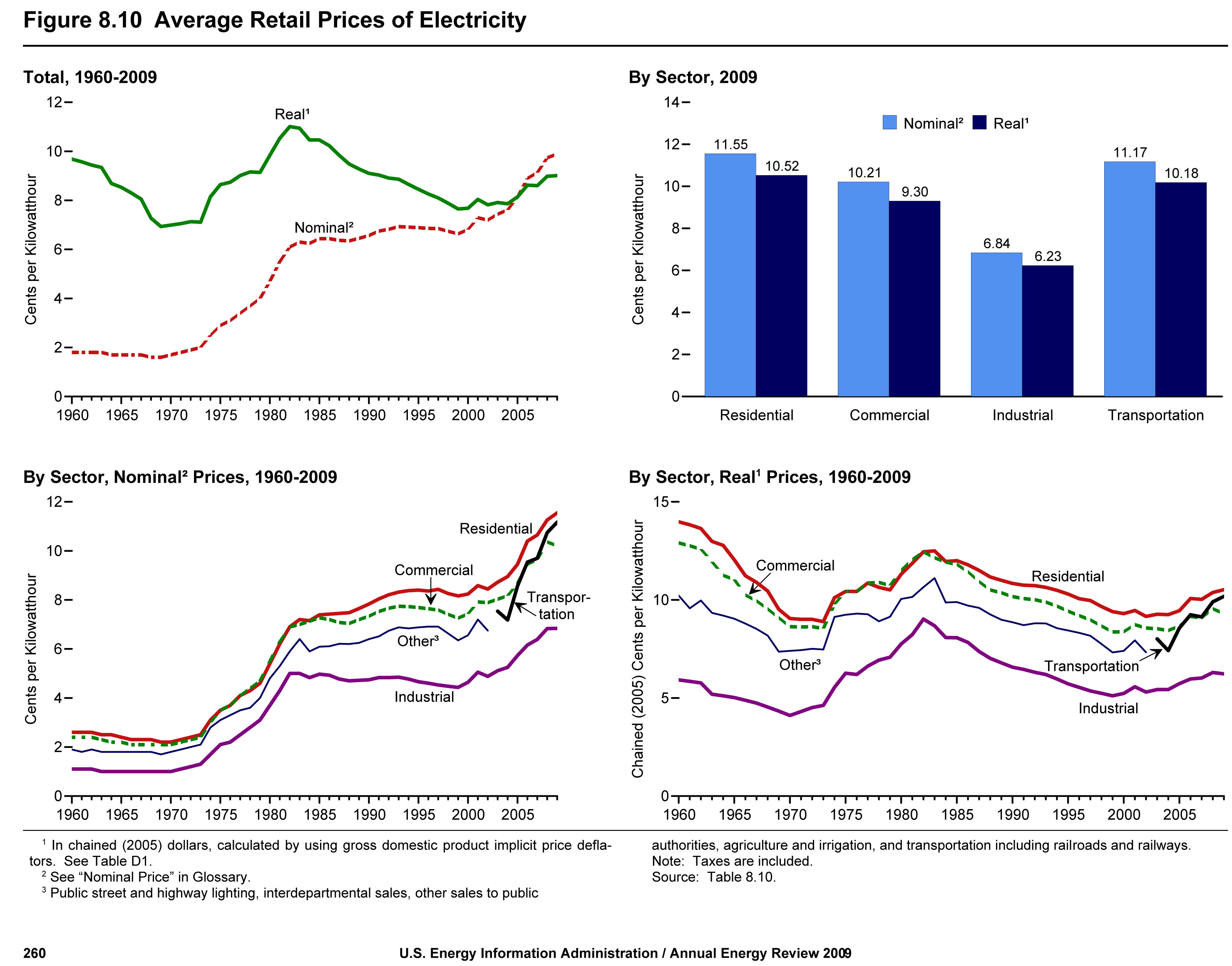Centrifugal Pumps have and will continue to be a vital player in the HVAC industry.
Look at the skyline of any major U.S. city. The number of buildings is staggering. Given the fact that pumps in HVAC systems represent over 20 percent of the building's energy use, try to imagine how many pumps are running throughout the city. Pumps are used for heating, cooling, fire systems, pressure boosting, sewage, domestic hot water recirculation, boilers, steam boiler feed applications and cooling towers—the list is endless!
A lot of pumps are at work every day, and pumps consume 22 percent of all the electricity used on the planet. Also, the HVAC pump industry in the U.S. represents billions of dollars. Where did it all start, and where are we going?
The Past
The first pump noted in history was designed by Archimedes in the third century BC. It was a simple screw device used to move water uphill. The Romans were pretty smart too, building the first radiant heating systems (gravity flow, as there was no electricity).
Pump history in the U.S. began at the turn of the century with belt-drive, constant-speed inline pumps. Next came flexible-coupled, base-mounted, constant-speed pumps. However, a constant-speed pump on an HVAC system has one problem. An HVAC system has dynamic or variable heating and cooling loads. For example in Chicago, a lot more energy is needed to heat the Hancock building in the winter than in the spring.
 |
| Figure 1. Average retail prices of electricity |
These heating and cooling loads are expressed in BTUs (British Thermal Units) in heating applications or tons of cooling (one ton of cooling is 12,000 BTUs). A BTU is the energy needed to change the temperature of one pound of water one degree Fahrenheit. So, the question is, in a hydronic system, how is the heating or cooling output of HVAC systems matched to the varying load of the building (conditioned space)? The answer was easy—control/modulate the flow to match the system flow/load. The solution, however, was not so easy.
Between 1974 and 1983 the average cost of electricity in the U.S. increased from $0.02 per kilowatt hour to almost $0.07 per kilowatt hour. End users quickly realized that controlling flow by throttling valves was costing a great deal of money. Doing this is similar to slowing a car with the brake while holding the gas pedal down. This need for controlled flow brought about the introduction of variable frequency drives (VFDs or VSDs—variable speed drives). However, prior to the introduction of VFDs we used a device called a fluid drive that provided slip between the pump and motor, allowing for the variable speed operation of fans and pumps.
Compared to today, VFDs were expensive 30 years ago. They were also large, inefficient and generated a lot of heat. Today's VFDs are extremely efficient, compact, versatile (vastly improved “turn down ratios”) and have become cost-effective. Motors have improved as well. As far as the pumps themselves, some improvements have been made but not to the same degree as VFDs and motors, until recently.
The Present & Future
Today's pump technology improvements are similar to breaking the sound barrier back in the old days. Electronically commutated permanent magnet types (up to 3 horsepower) are available today and have been for three to four years in the U.S. These new smart pumps have brains (VFDs) integrated with the motor. They communicate with the system requirements without the use of external sensors. In addition, they have built in data logging capabilities, automatic self taught pump setback strategy, infra red abilities, BMS options, overload protection against over/under voltage plus dry run. All in one device!
These new generation pumps have proved to reduce power consumption by 80 to 90% (system energy savings are additional to the electrical savings)! It has been stated that the last horizon of system efficiency are the advanced pump technologies hitting the market as we speak. And it doesn't stop there. How about a 1 watt, micro VFD pump that can replace a 4-watt zone valve for variable flow control? Yep, launched at the last ISH show in Germany!


